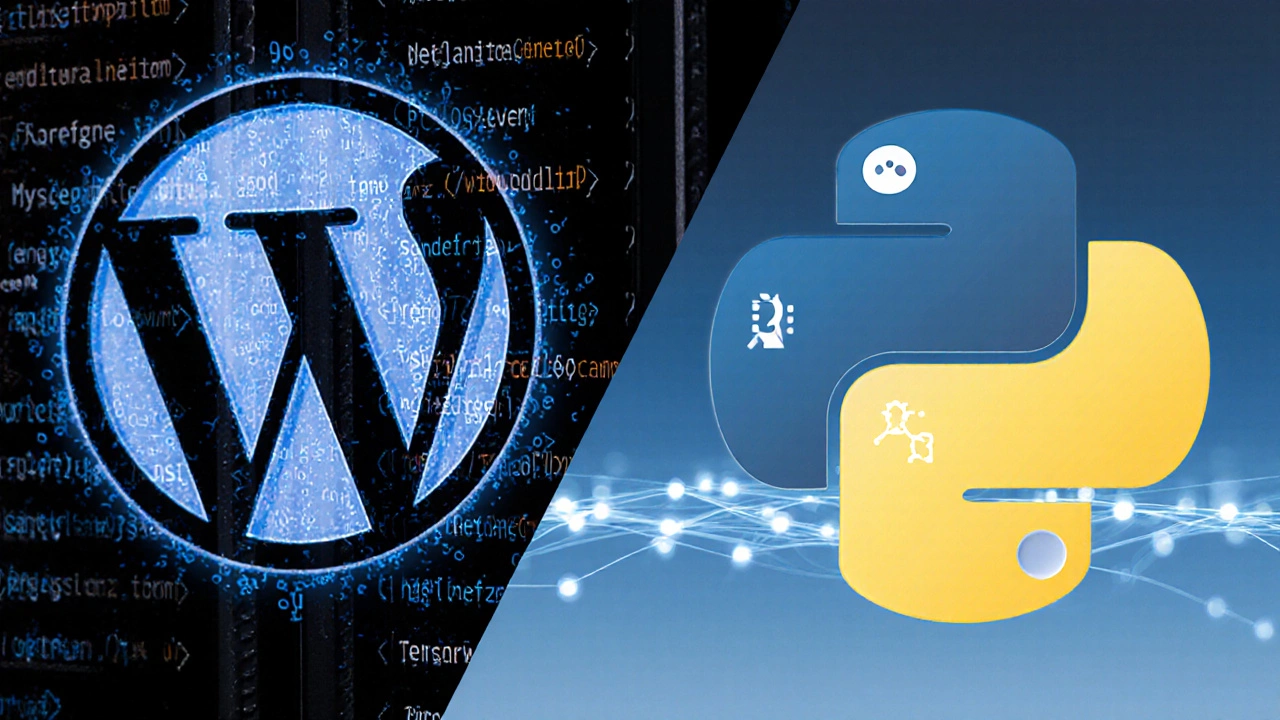Python Integration – Connecting Languages, Tools, and Platforms
When working with Python integration, the process of linking Python code with other systems or languages. Also known as Python bridging, it lets developers combine Python's flexibility with the strengths of other technologies.
One of the core pieces you’ll meet is Python, a high‑level, interpreted language popular for web, data, and automation tasks. Another key player is PHP, a server‑side scripting language widely used for content‑driven sites. Together they form a common integration pair, especially when a legacy PHP site needs modern AI or data‑processing features from Python.
Beyond languages, API, an interface that lets applications talk to each other over HTTP acts as the glue. Whether you expose a Flask endpoint, use FastAPI, or call a PHP script via cURL, the API layer defines how data moves back and forth. Finally, web development, the practice of building interactive sites and services benefits from integration because you can serve dynamic content, run machine‑learning models, or process payments without rewriting your whole stack.
Why Integration Matters for Full‑Stack Projects
Full‑stack development aims to cover both front‑end and back‑end concerns. When you bring Python into the mix, you gain access to powerful libraries like Pandas, NumPy, or TensorFlow, which PHP alone can’t match. At the same time, you keep the familiar PHP routing, templating, and CMS ecosystem that many teams already maintain. This hybrid approach reduces redevelopment time, lets you introduce new features incrementally, and keeps legacy investments alive.
Typical integration patterns include:
- Running a Python script from PHP via
exec() or shell_exec() for quick data transformations.
- Creating a RESTful API with Flask or FastAPI and consuming it from PHP with
cURL or Guzzle.
- Using message queues (RabbitMQ, Redis) to decouple workloads, allowing Python workers to process jobs triggered by PHP.
- Embedding Python directly in PHP through extensions like
python‑embed for tighter coupling.
These methods let you choose the right balance of performance, maintainability, and complexity based on the project’s size.
Security and data consistency are also critical. When you expose a Python API, always enforce authentication (tokens, OAuth) and validate input on both sides. Store shared configuration in environment variables or a centralized secrets manager to avoid mismatched settings. Monitoring tools such as Prometheus or New Relic can give you visibility across both the PHP and Python components, helping you spot bottlenecks early.
In practice, many developers start with a simple API call, then evolve toward a micro‑service architecture as the codebase grows. This gradual shift mirrors real‑world migrations: you keep the existing PHP front‑end while the Python services handle heavy lifting. Over time, you might replace more of the PHP layer, but the integration knowledge you build early on pays off regardless of the final architecture.
Python integration opens doors to modern capabilities without discarding what already works. Below you’ll find a curated set of articles that walk through everything from zero‑experience ecommerce startups to deep dives on full‑stack language choices. Whether you’re a PHP veteran looking to add data science, or a Python enthusiast needing to talk to legacy systems, the collection offers practical steps, tools, and real‑world examples to get you moving.
Ready to see how these concepts play out? Dive into the posts below for step‑by‑step guides, performance tips, and real project stories that illustrate Python integration in action.
